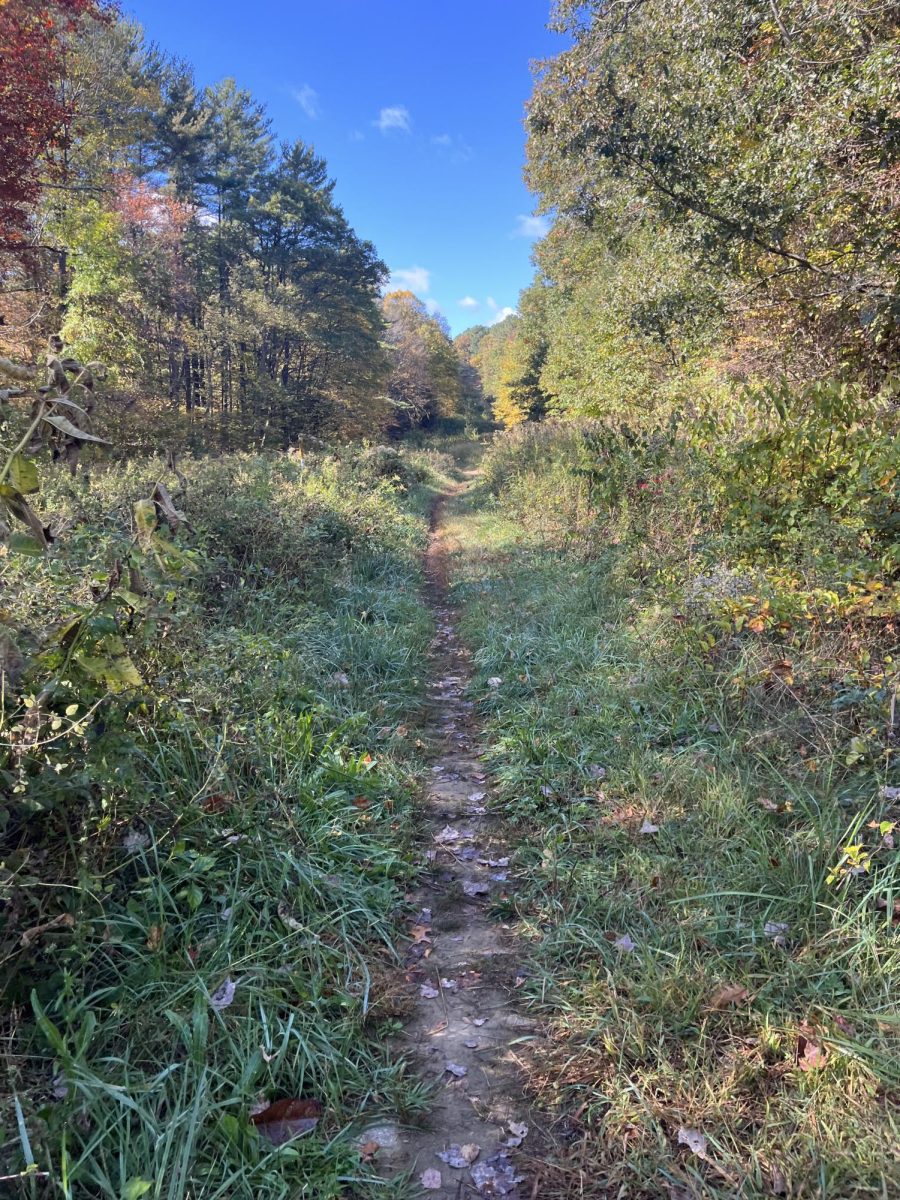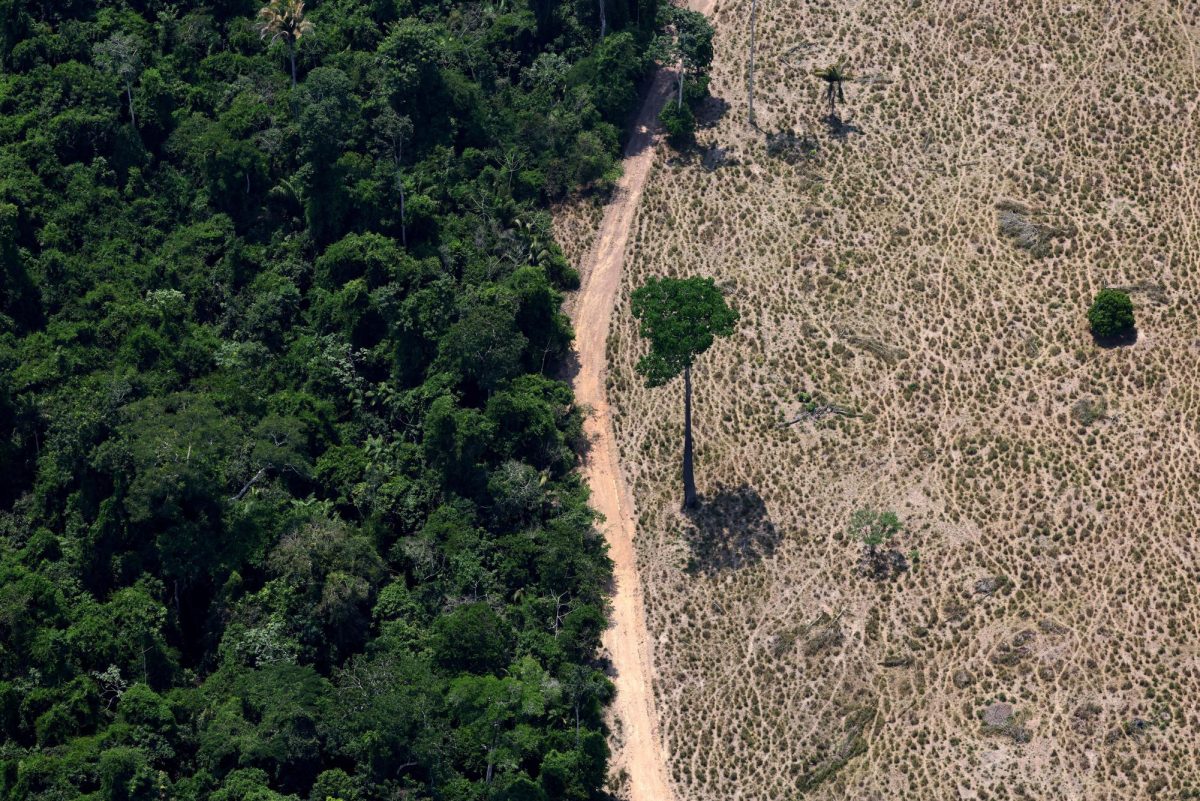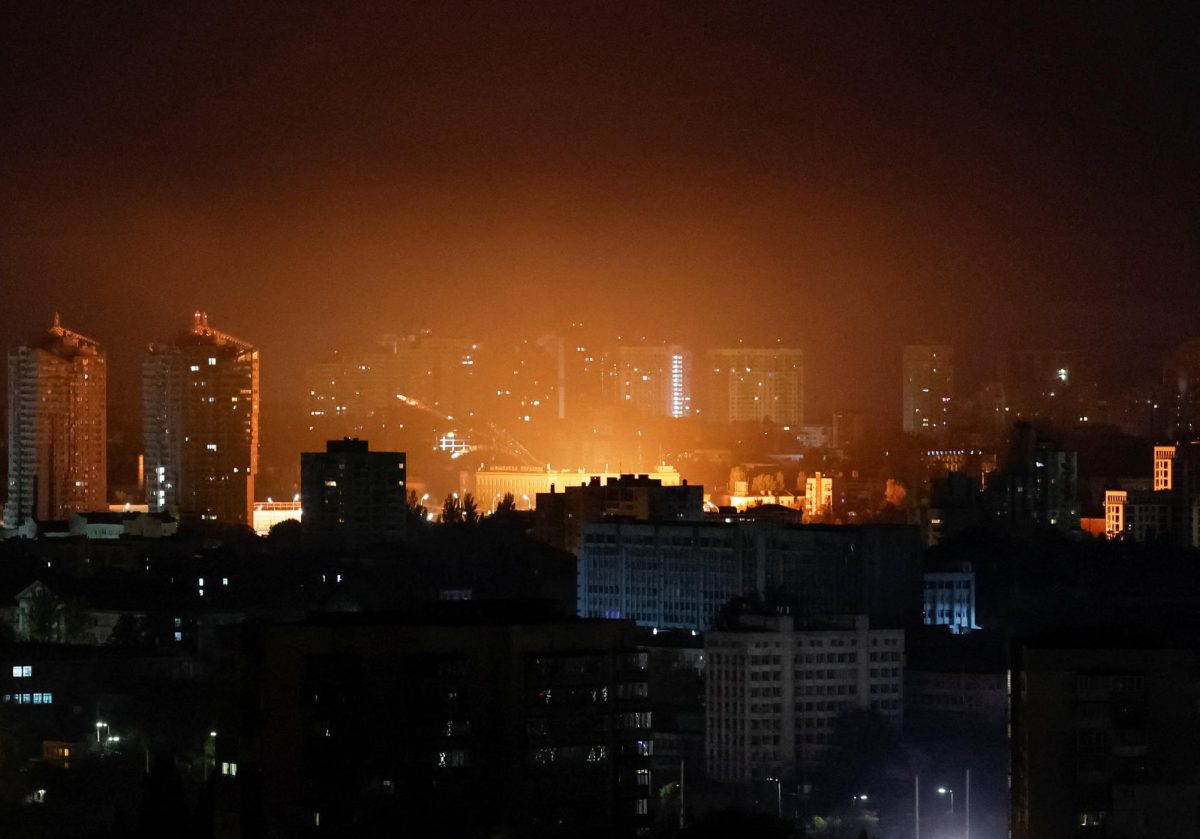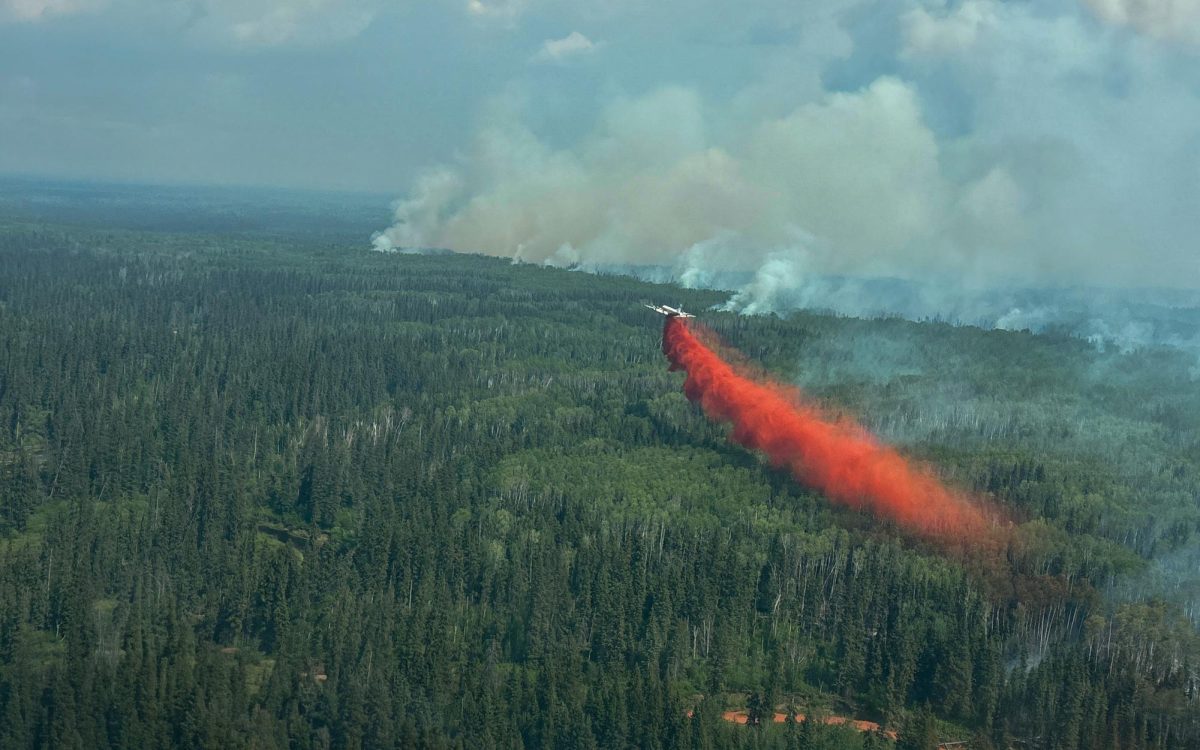New England is Melting
But it is not as bad as you think
March 1, 2023
We all know by now that global warming is a serious issue that MUST be addressed if we are to sustainably live on this earth. Most of the largest countries of the world have started countermeasures, passed bills for preventive action, and are in cahoots with the world’s needs.
But damage has already been done. We see the effect on the ecosystem more and more as time goes on.
When I was little, like many others, running outside with my dog and playing in the snow was an important part of winter. Days off from school with snowmen and sledding brought me enough joy to face school head on after the holidays.
Recently I have come to a realization that these things seem rather rare now. It appears we have less snow than daily in New England anymore.
I took to the internet in search of answers and found on wikipedia an article titled “January 2015 North American blizzard.” The article covered a blizzard largely remembered by those living in New England at the time. It hammered the Boston area with 26 inches, over two feet of snow.
There seems to be a correlation with January and storms as well. A majority of the largest storms in New England have occurred in January and early February, respectively. This is largely due to New England facing away from the sun more so than other parts of the United States at this time in the year. We must also take into account, though, the cold fronts and weather patterns affected by this. This is the portion of the equation that may alter or change snowfall.
The nature of the way greenhouse gasses work concludes with the planet having an almost film-like layer of insulation over it. Think of it as a thermoflask: if the water is cold it will stay cold and if it’s hot it will stay hot for longer. Now suppose you have warm water. It will take longer for that water to get cold regardless of the temperature outside the flask. We can apply this example to real life global warming. The heat from past seasons is taking longer to expel due to greenhouse gasses and therefore pushing winter further and further back.
How can we reverse this?
In short, we can’t. According to the Providence Journal, “Winters have warmed by 3.3°F on average across 238 U.S. locations since 1970.” In New England that number is 6*F. Considering the difference between snow and rain is 4*F, that leaves out a very large amount of possible snow days.
There is no easy solution. We can only stop the growth of global warming and hope our planet naturally takes care of the rest. The ultimate truth of this has shown through the years as snow is pushed further and further into spring throughout New England. Those of us who live in the area see this clearly. It’s an unfortunate reality that we must face due to the way we’ve decided to live the last few hundred years.
Of course, some people don’t like the snow which in that case it’s quite the opposite and to those people I say you’re lucky. But for those who hate the cold but love the snow it just makes the wait that much more dreadful.
While this consequence of global warming may affect us on a smaller scale than others, it still holds as a showing of the true impact we are having on our environment and may push more people to live more cleanly. With that being said it’s very likely this will diminish with time if we continue our efforts to counteract climate change.







































Ted McCarthy • Mar 4, 2023 at 1:50 pm
Connor –
Nice article. I for one do not mind AT ALL no snow! I think I might live in the wrong part of the country. 🙂